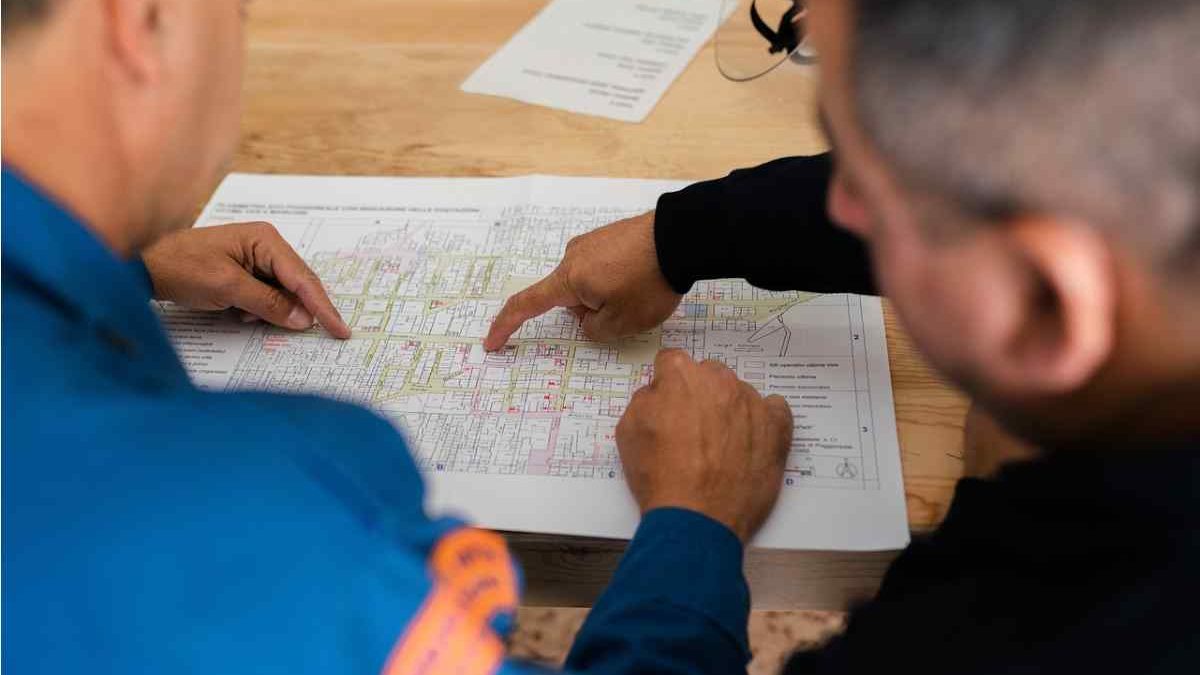Every day in our lives, we interact with structures and buildings of some sort. These structures can be anything from the homes and buildings that we live in, to the bridges and roads that we drive on.
Structural engineers are trained to design and analyse the structures that we interact with daily. Therefore, they must follow certain best practices to ensure the safety of all the people around the structures that they design and analyze.
Table of Contents
Why Follow the Best Practices for Structural Engineering?
Structural engineering is a complex process. It requires the use of many different elements and data. This is to ensure that the structure or building is strong enough to withstand the type of loading it will face. Good structural engineering practices go a long way in building strong and safe buildings.
Accordingly, some of the reasons why one should follow the best practices for structural engineering are:
- Safety: Structural engineering is concerned with designing buildings and other structures that are safe for human occupancy. Following best practices helps ensure that the structure is strong enough to withstand various loads. These include wind, snow, earthquakes, and other environmental factors. It also helps ensure that the building has appropriate safety features, such as fire escapes and emergency exits.
- Durability: Best practices in structural engineering help ensure that the building is designed to last for its intended lifespan. This includes selecting appropriate materials, designing the structure to withstand expected loads and stresses, and conducting quality control checks. This is to ensure that construction is done correctly.
- Efficiency: Following best practices can help optimise the design and construction process. This makes it more efficient and cost-effective. This is also why many structural engineering services use computer modelling and simulation tools to optimise the design and select materials that are both appropriate for the project and cost-effective.
- Compliance: Following best practices in structural engineering ensures the building complies with local and national building codes, standards, and regulations. Compliance is important for both legal and safety reasons.
- Reputation: Following best practices helps maintain the reputation of the engineer and the engineering firm. Reputation is critical in the industry. A history of designing safe and durable structures can help attract clients and build trust.
Following The Best Practices in Structural Engineering
The best practices in structural engineering are those that ensure 100% safety and precision. Here are some ways to follow the best practices in structural engineering:
Follow Codes and Standards
Make sure that the designs comply with the relevant building codes, standards, and regulations. These may include local, state, and national codes, as well as industry-specific standards and guidelines.
Conduct Thorough Site Investigations
Before starting any project, conduct a comprehensive site investigation. This helps to identify potential risks and hazards that may affect the structural integrity of the building. This may include soil testing, seismic studies, and environmental assessments.
Use Appropriate Materials
Select materials that are suitable for the project’s specific requirements. These are strength, durability, and weather resistance. Consider factors such as cost, availability, and sustainability when selecting materials.
How to Optimize Designs in Structural Engineering?
Using computer modelling and simulation tools along with structural design services can help to optimize the structural design. This ensures that it is efficient, cost-effective, and safe.
Ensure Quality Control
Establish a rigorous quality control process to ensure that all construction materials and methods meet the project’s requirements and adhere to the design specifications.
Consider Sustainability
Incorporate sustainable design practices to minimise the project’s environmental impact and reduce its long-term operating costs. This may include using renewable energy sources, minimising waste, and optimising building orientation and materials.
Engage In Continuous Learning
Stay up to date with the latest advances in structural engineering. Do this by attending conferences, participating in professional organisations, and engaging in ongoing education and training.
The Conclusion
Structural engineering is one of the most important areas of engineering. It determines the safety of a building. It is integral to any construction project. As such, looking at best practices for structures and how the work can be improved is important.
The above listed are some general best practices in structural engineering that can help ensure the safety, durability, and efficiency of the projects. However, it is to be kept in mind that these are not comprehensive guidelines, and specific regulations and standards may vary depending on the location, project type, and other factors.

